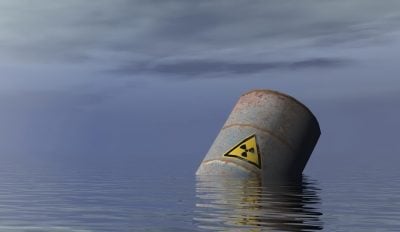Japan’s Nuclear Regulator to Okay Release of Treated Water from Fukushima Plant

All Global Research articles can be read in 51 languages by activating the “Translate Website” drop down menu on the top banner of our home page (Desktop version).
To receive Global Research’s Daily Newsletter (selected articles), click here.
Visit and follow us on Instagram, Twitter and Facebook. Feel free to repost and share widely Global Research articles.
***
Japan’s nuclear regulator has largely approved a plan to release treated water from the crippled Fukushima Daiichi nuclear power plant into the ocean.
The plant suffered triple meltdowns in the March 2011 earthquake and tsunami disaster. Water is used to cool molten nuclear fuel. It mixes with rain and groundwater that flows into damaged reactor buildings.
The water is treated to remove most of the radioactive materials, but still contains radioactive tritium.
The Japanese government plans to dilute treated water that continues to accumulate at the plant to levels below national regulations and start releasing it from around spring 2023.
The Nuclear Regulation Authority has been inspecting the plan drawn up by plant operator Tokyo Electric Power Company.
In 13 meetings since December, the NRA discussed the safety of the new facility to be built for the water release and the maximum concentration of radioactive tritium when it is released. It also considered how to respond in natural disasters and other emergencies, and the effect of radiation exposure on the surrounding environment and people.
At Friday’s meeting, an official of the NRA secretariat said there are no issues left that have not been discussed enough.
The NRA plans to put together a draft inspection document as early as next month that effectively indicates the plan’s approval.
TEPCO plans to start construction on a facility for diluting treated water and an undersea tunnel once the NRA approves the plan and the utility obtains consent from Fukushima Prefecture and local communities. TEPCO aims to complete the construction work by mid-April next year.
TEPCO has yet to convince and gain understanding from local fishers who are concerned about reputational damage from the release of treated water into the sea.
*
Note to readers: Please click the share buttons above or below. Follow us on Instagram, Twitter and Facebook. Feel free to repost and share widely Global Research articles.
Featured image is from The Millennium Report

